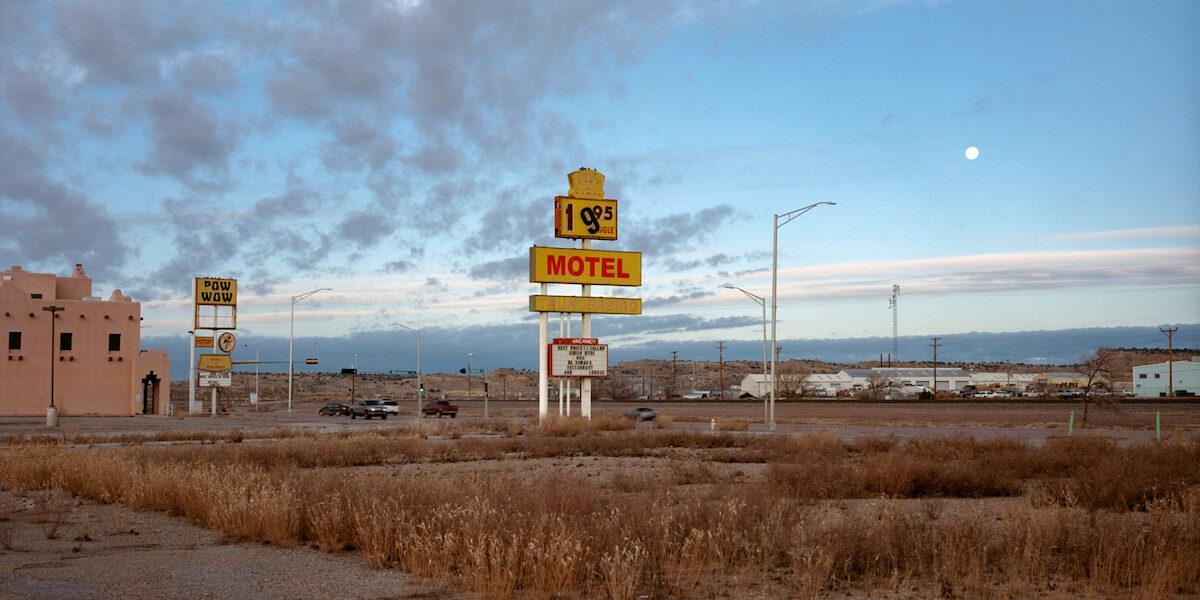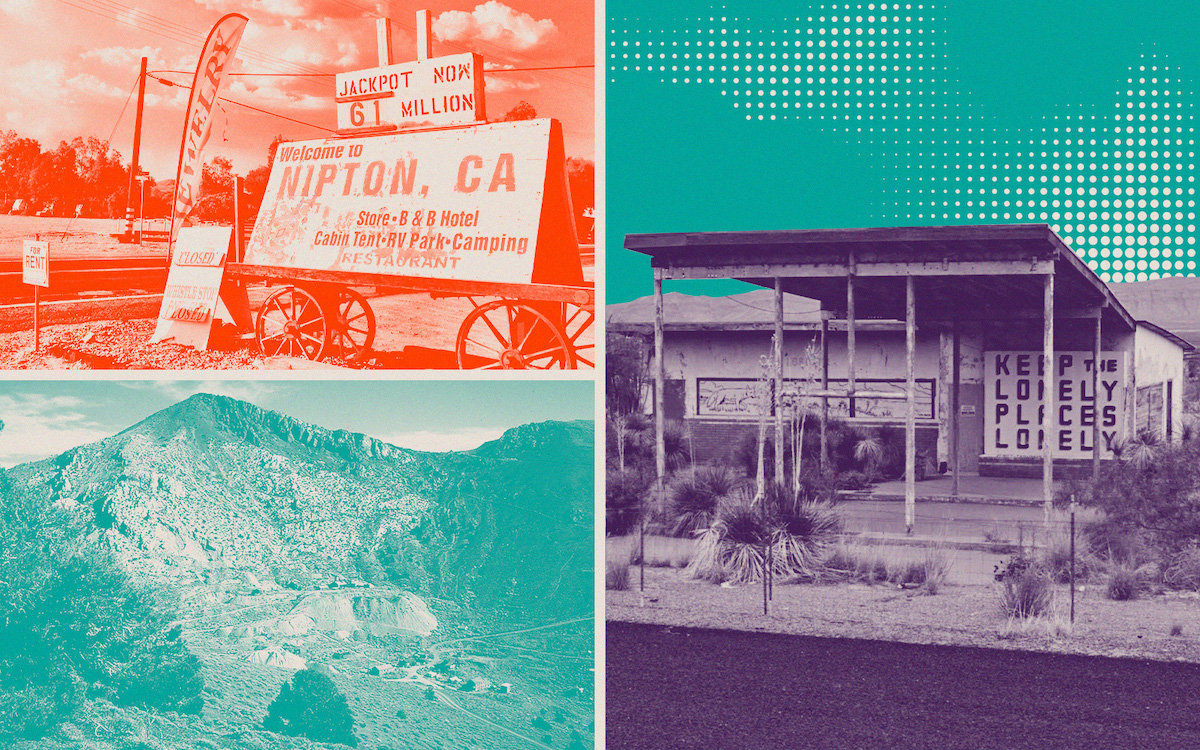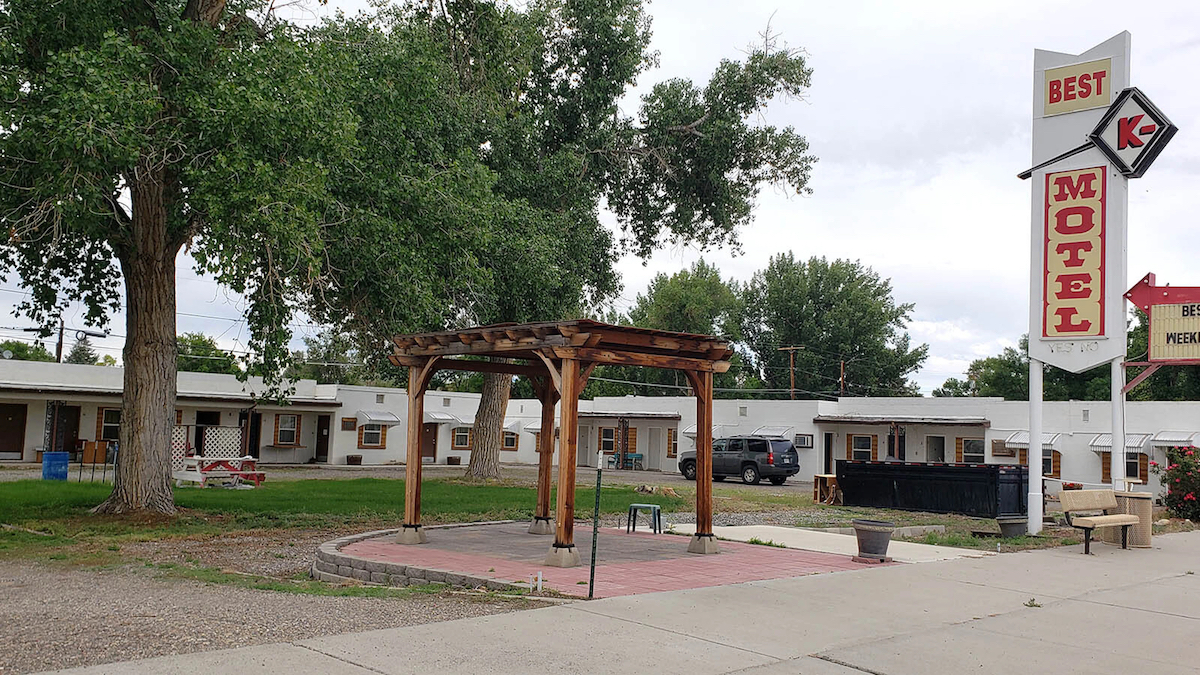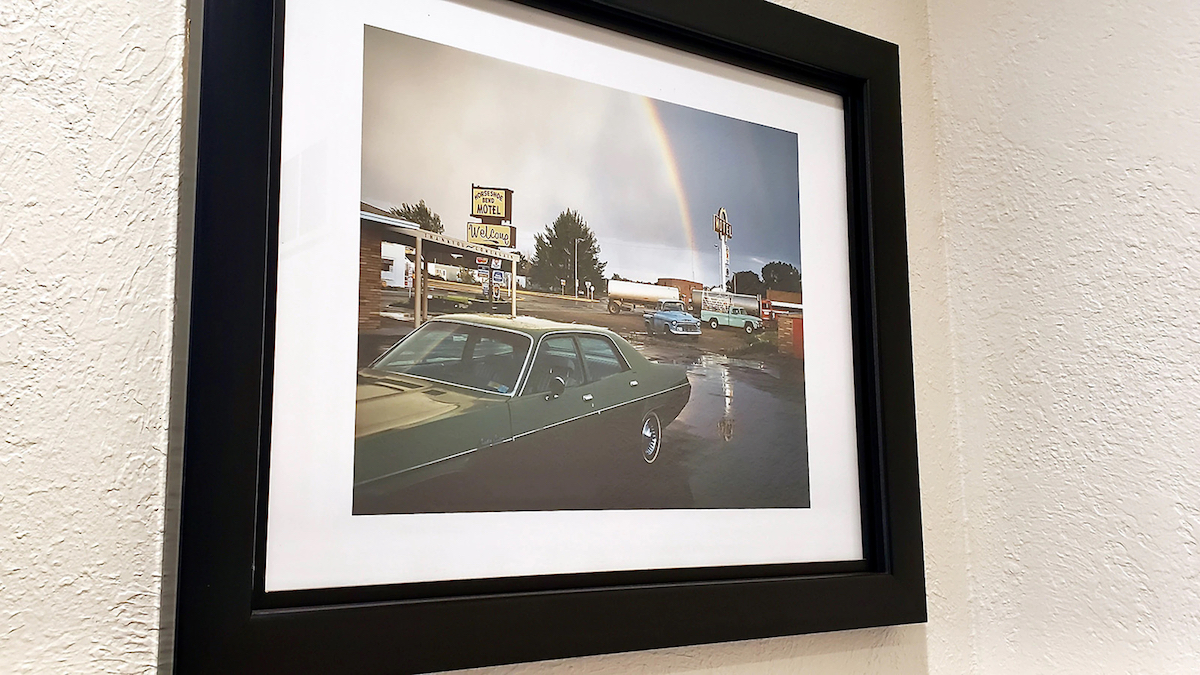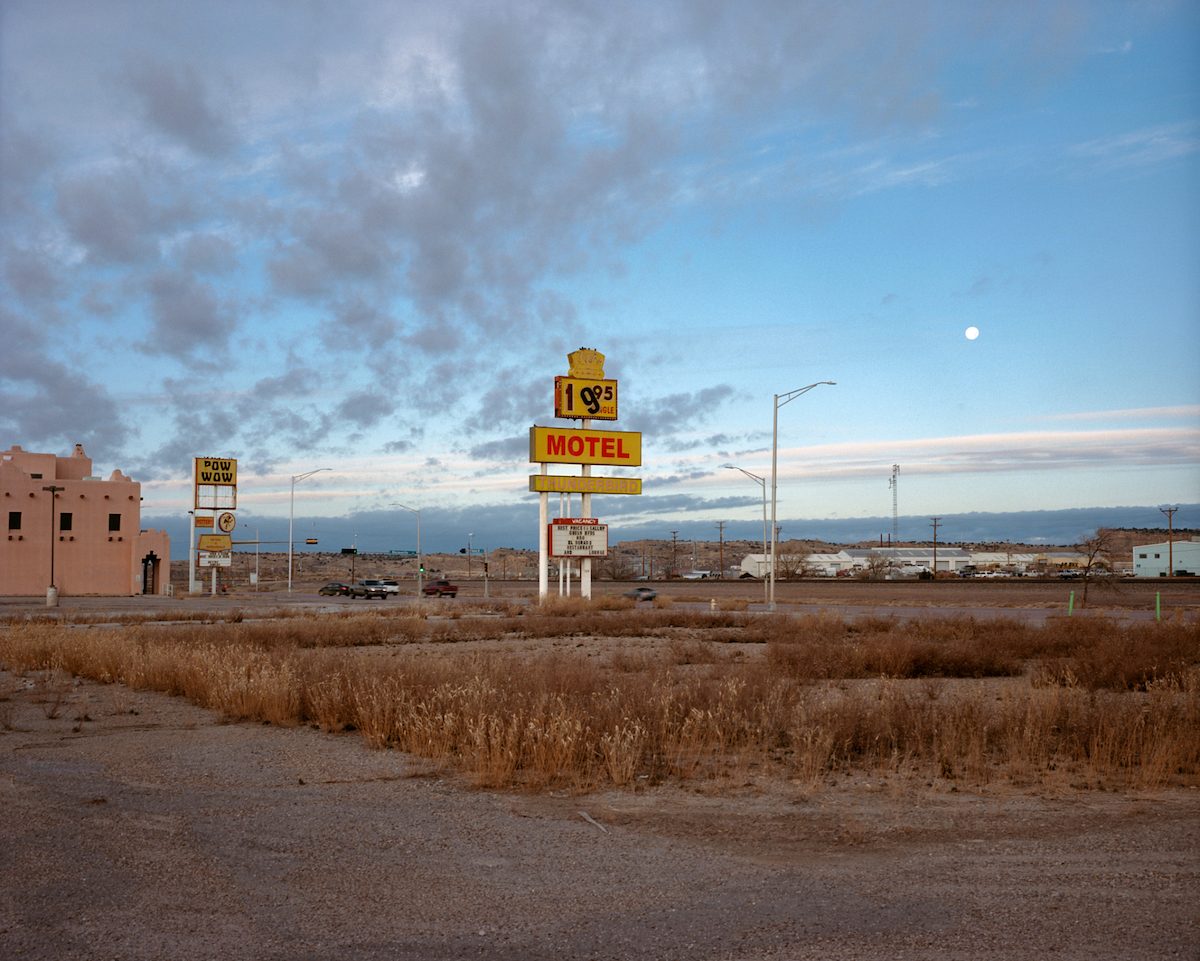Mapping historic LGBTQ sites amid gentrification and fading memories
People take a selfie in front of the Stonewall Inn on June 24, 2016, in New York City. Photo: Drew Angerer/Getty Images
From Axios: Historic sites linked to essential moments in LGBTQ history are finally seeing preservation efforts after decades of being forgotten or dismissed.
Why it matters: Few databases exist mapping LGBTQ sites, and cities rarely do anything to mark places related to gay and lesbian history, putting these places at risk of being erased from memory.
Details: NYC LBGT Historic Site Project is mapping hundreds of locations around the city’s five boroughs that are connected to LGBTQ history from the 1600s to 2000.
These ghost towns are getting another shot at life
Nipton, Cerro Gordo, Lobo (Getty, LCGS Russ, CC BY 3.0 via Wikimedia Commons, Google Maps)
From The Real Deal: There’s a new sheriff in town in some Old West ghost towns: real estate brokers. And they’re looking to wrangle buyers.
There are more than a few reasons somebody might want to own an entire town, even ones without people or infrastructure. Some buyers might be drawn to the romanticism of owning a piece of history, while others are merely seeking to expand their investment portfolio and then there are the more practical types who wish to develop the land for their own use.
What the towns themselves all have in common, of course, is that they are abandoned. And depending on a multitude of factors, they can fetch a range of prices, with some going for millions of dollars.
Woman’s Love Of Rodeo Led Her To Tackle Makeover Of Historic Greybull, Wyoming K-Bar Motel
From Cowboy State Daily: GREYBULL — Amanda McGrew got a phone call from the city of Greybull that would be most any property owner’s nightmare.
“We found a massive, we were just bleeding, like 2,000 gallons of water every couple of days,” said McGrew, who is renovating the motel. “We had known the pipes were not in great condition. As far as I understand, the building was not winterized before.”
McGrew wasn’t just stoic about the leak. She was happy it had been found so easily.
“The town of Greybull is awesome,” she told Cowboy State Daily. “They just called to let us know, because they were like a normal household is using 1,000 gallons a month and so they knew something was wrong when we were using 2,000 gallons in a day and no one is here.”
On The Road With Renee: Revival Of Horseshoe Bend Motel In Lovell
The photo from “Uncommon Places.” (Renée Jean, Cowboy State Daily)
From the Cowboy State Daily: The iconic neon sign up above the Horseshoe Bend Motel is once again shining in the night, letting travelers know there’s new life to an old standby in Lovell.
The hotel is one of three in town recently refurbished or in the process of being refurbished. The Horseshoe Bend Motel’s glowing red sign is one of the more visible clues to the revitalization of an essential sector for tourism, in a small town that offers more than just charm.
Bobbi Jo McJunkin views the sign as a bit of a good luck charm for the motel, but it’s also a piece of its irreplaceable history.
“This town, from what I understand — and you might talk to someone who’s lived here longer — was a little Vegas. It was all neon signs,” McJunkin told Cowboy State Daily.
Route 66: The Mother Road’s Erasure of History and Nuance
Photograph by Jesse McClary
From Atmos: Many of the stops along Route 66, which became a tourist destination after the migration of the Dust Bowl Crisis died down, are today ghost towns. But if we don’t preserve our history in all its complexity, we’re positioned to lose much more.
Glenrio has been a ghost town since the late 1980s. Straddling New Mexico and Texas along Route 66, the town used to operate under two state jurisdictions. The bars were on the New Mexico side as the Texan side was in a dry county. The gas stations were on the Texas side because the taxes were slightly cheaper. Glenrio was a tourist and traveler stop along Route 66 after the migration of the Dust Bowl Crisis died down in the late 1930s. The highway dwellers kept the town going with stops for gas, snacks, and a break to stretch their legs.
Then, in the late 1950s, construction began on I-40, and by 1975, Glenrio was effectively a ghost town, as the new highway bypassed their town altogether. Today, it serves as a tourist attraction along Route 66 for those who are seeking a nostalgia-latent adventure along the “Mother Road” or “Main Street of America”—nicknames that date back to the Great Depression. Their pictures and videos depict buildings in which a slow decay of stucco and cement give way to adobe infrastructures and left-behind artifacts.


